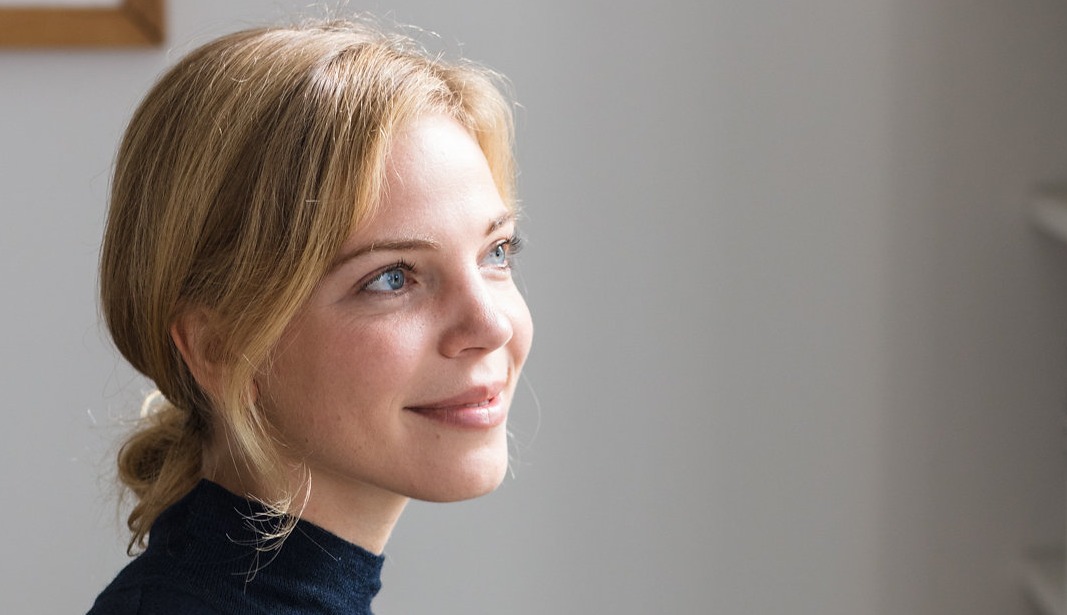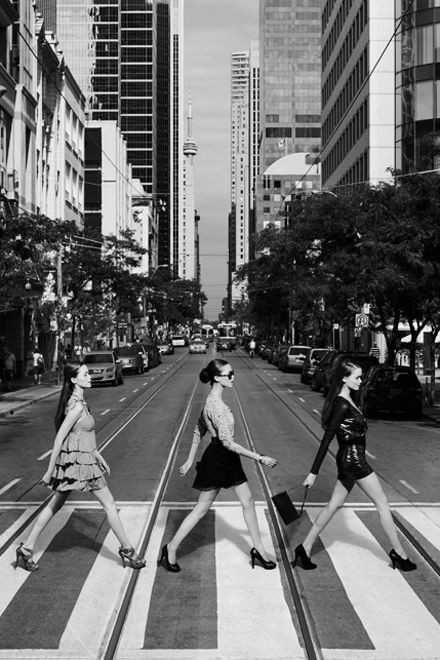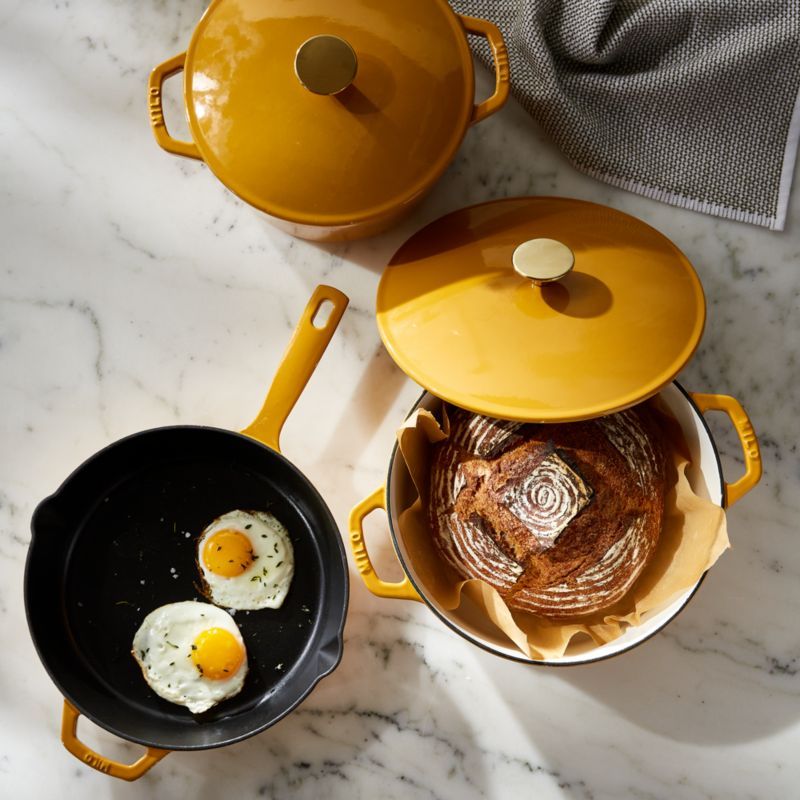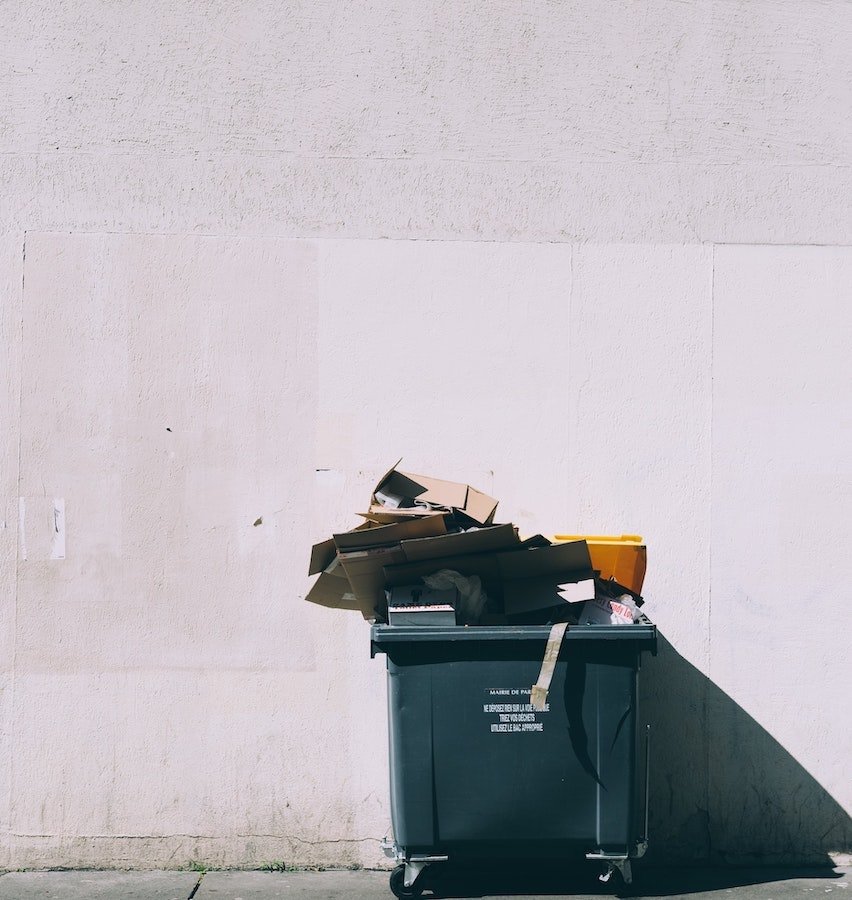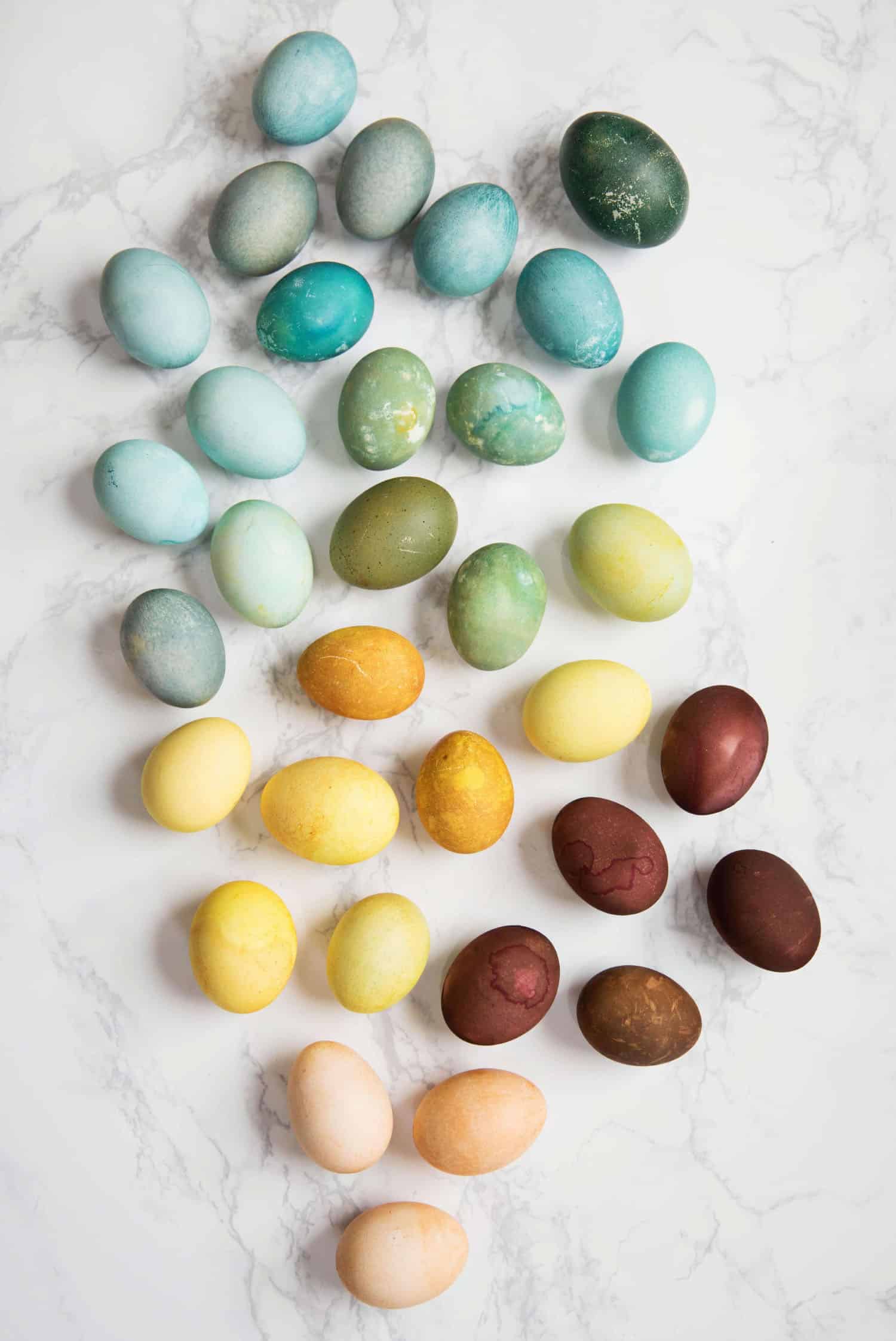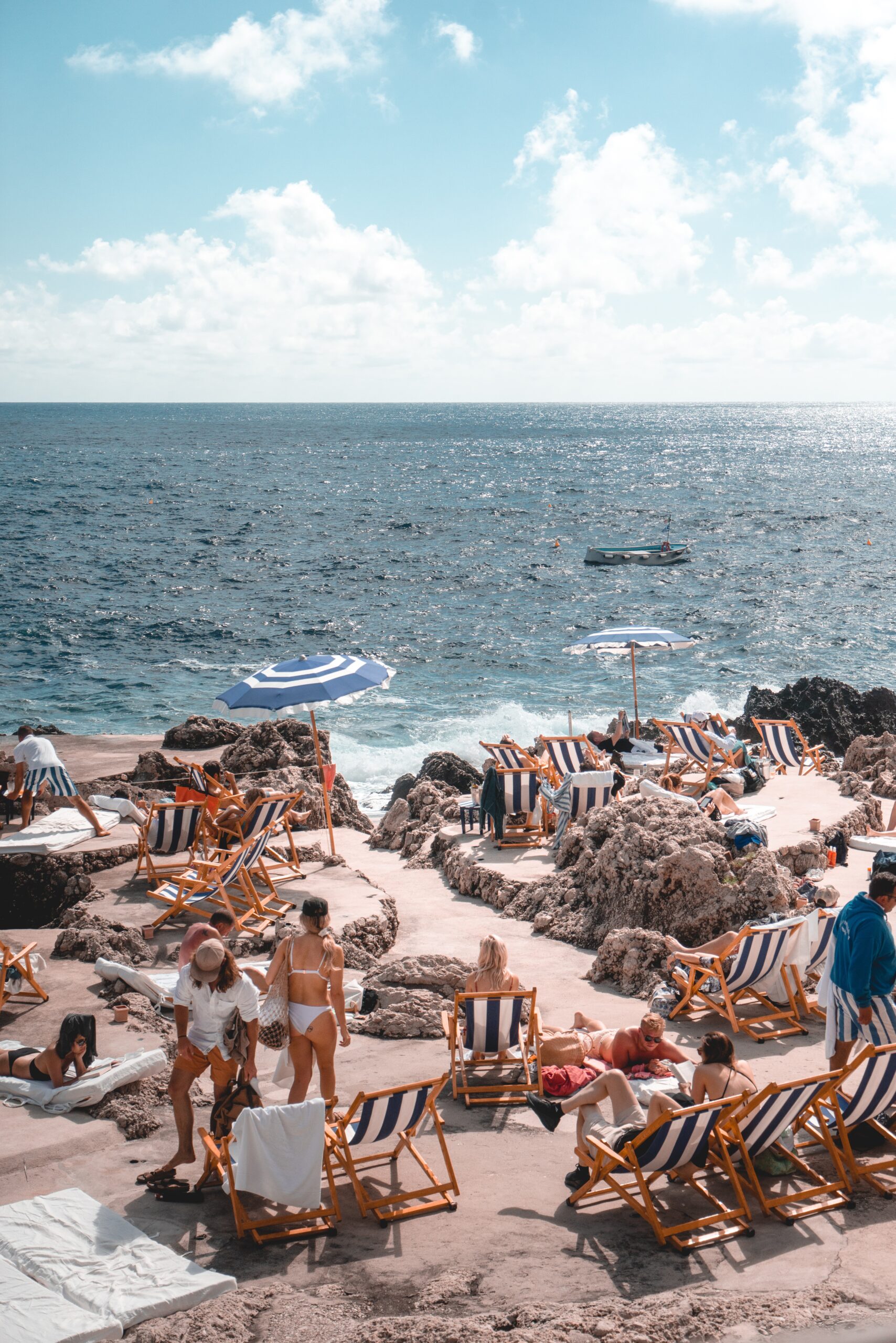
We all know the importance of sunscreen: it protects us from harmful UV rays, pollution and even helps to halt to ageing process. But it’s becoming harder to navigate the new terminology when it comes to labels like ‘mineral’, ‘non-nano’ or ‘reef-safe’. Let’s dive into it and give you all the information to make an informed choice that’s good for you and the planet.
We all know the importance of sunscreen: it protects us from harmful UV rays, pollution and even helps to halt to ageing process. But it’s becoming harder to navigate the new terminology when it comes to labels like ‘mineral’, ‘non-nano’ or ‘reef-safe’. Let’s dive into it and give you all the information to make an informed choice that’s good for you and the planet.
Mineral VS Synthetic
The main difference is in the way they protect us against UV rays.
‘Synthetic’ sunscreens work at a cellular level (deep down in the skin), using chemical filters to convert UV rays into heat which then evaporates from the skin.
Mineral sunscreens protect at a surface level, using small particles to sit on the skin’s surface and block UV rays from penetrating the skin. This is why they are often associated with that white film – because the formula works by essentially coating the skin in a protective layer. Ingredients such as Zinc Oxide and Titanium Dioxide frequently used in mineral formulas are widely considered to be both safe and effective.
Non-Nano
A nanoparticle is generally a particle less than 100 nanometers in diameter in size. The concern with nanoparticles is that their ‘nano’ size allows them to enter the bloodstream and harm living tissue. By making the ingredients ‘non-nano’, it means the particles aren’t small enough to penetrate the skin which is considered safer for your body.
Keep in mind, this has been disputed in many scientific studies, with some suggesting that when used with lotions and creams, nanoparticles actually bin together, creating much larger molecules that are far too large to penetrate the skin.
Reef-Safe
Up to 6,000 tons of sunscreen are estimated to wash into coral reefs around the world each year. In a 2016 study, The National Oceanic and Atmospheric Administration (NOAA) found that baby coral exposed to common sunscreen ingredients Oxybenzone and Octinoxate, showed signs of coral bleaching and DNA damage. This type of damage then ends up having a significant impact on the marine life that depend on these habitats.
Currently, there’s no official definition of the term ‘reef-safe’, but it’s widely agreed to refer to a sunscreen that’s free from Oxybenzone and Octinoxate.
In 2018, Hawaii became the first US state to ban the sale of products containing these two ingredients, with other states showing signs of following suit.
A couple of other things to check…
Is your sunscreen broad-spectrum? Is it water-resistant?
Make sure to check how long your sunscreen is water-resistant, usually it is up to 80 minutes. As for broad-spectrum, this means that the sunscreen protects both from UVA (causes wrinkles) and UVB (cause sunburn and skin cancer). UVA rays are present throughout the year at the about the same intensity even when it’s cloudy.







